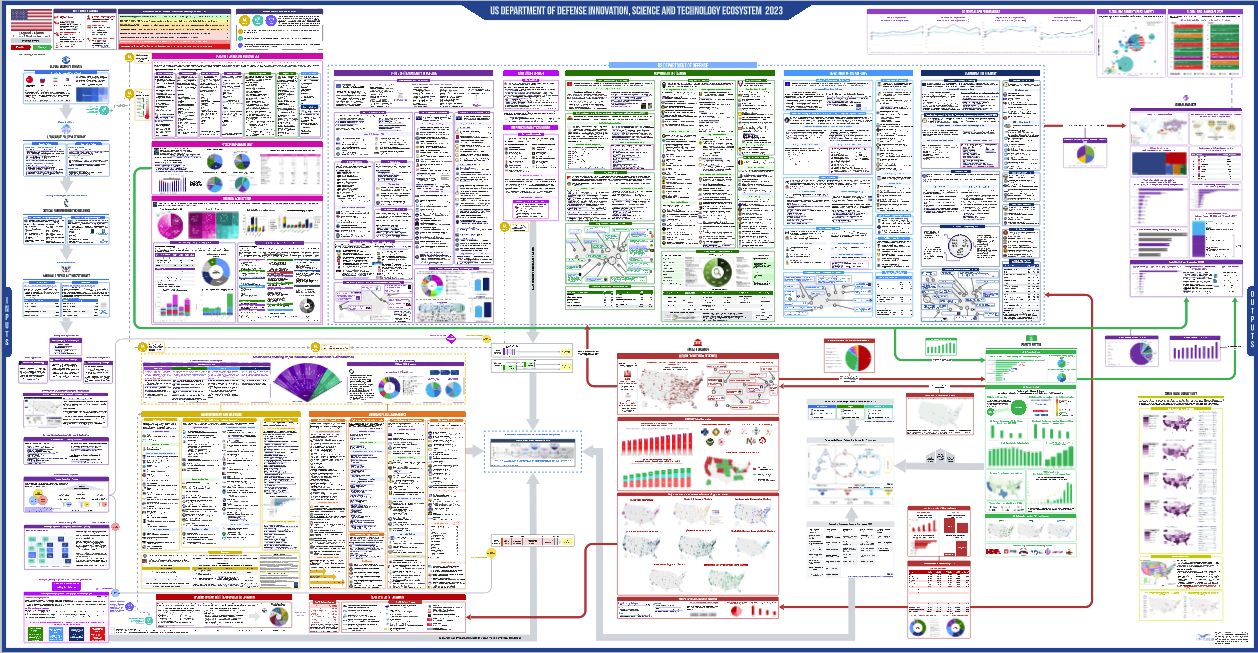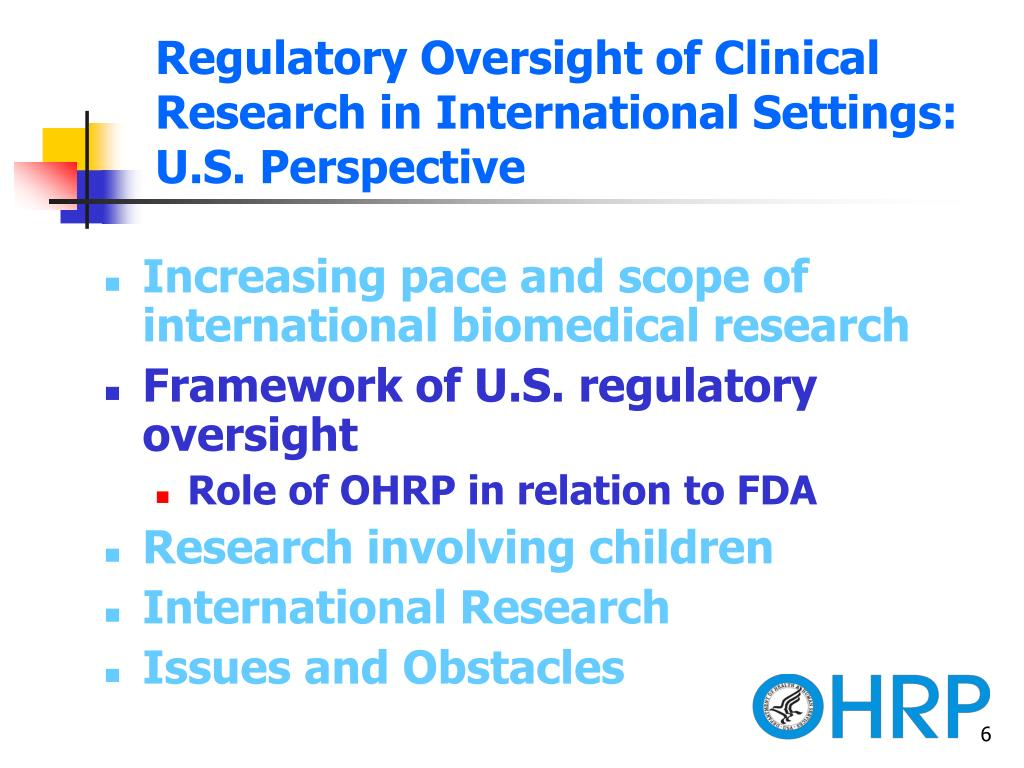
The U.S. innovation ecosystem is renowned for its groundbreaking contributions to science and technology, particularly in the realm of biomedical innovation. This dynamic framework is fueled by strong public-private partnerships that leverage federal funding for research and development, allowing for unprecedented advancements in healthcare and technology. With roots tracing back to World War II, this integrated approach has not only led to life-saving breakthroughs—such as the mass production of penicillin—but also fostered an environment where technological change is both rapid and influential. As the government continues to play a pivotal role in shaping this ecosystem, the collaborative efforts between academia and private industry propel the nation forward in its quest for innovation. Thus, the ongoing commitment to a robust research framework underpins the U.S. as a leader in global health and technology.
The innovation landscape of the United States stands out as a hallmark of progress, characterized by a cooperative synergy between federal institutions and private entities. This collaborative network thrives on significant investment in science and technological advances, particularly in healthcare and biomedical research. Established during critical historical junctures, such as the challenges faced during World War II, this framework transformed how research initiatives are funded and executed. By emphasizing partnerships that align governmental support with academic inquiry and private sector innovation, the U.S. fosters an environment ripe for discovery and development. Consequently, this intricate ecosystem drives not only national health improvements but also global advancements in medical technology.
The Genesis of the U.S. Innovation Ecosystem
The U.S. innovation ecosystem has its roots in the critical period of World War II, where the urgency of wartime needs spurred unprecedented collaboration between government, academia, and industry. This relationship was formally initiated when academic leaders approached President Franklin D. Roosevelt in June 1940, suggesting the need for civilian scientists to assist in developing advanced technologies for military applications. This early public-private partnership not only addressed immediate wartime challenges but also laid the groundwork for what would become a robust system of research and development that evolved throughout the Cold War and flourished in subsequent decades.
Such collaborations have been instrumental, particularly in the realm of biomedical innovation, leading to landmark advancements like the mass production of penicillin, which significantly improved military and civilian health outcomes. By effectively pooling resources and expertise, the federal government and universities were able to navigate complexities in research that might have stymied individual efforts. The necessity for technological change during the war catalyzed the establishment of institutional frameworks that support innovation and research funding, principles that still guide the U.S. system today.
Frequently Asked Questions
What role does federal funding play in the U.S. innovation ecosystem?
Federal funding is crucial in the U.S. innovation ecosystem, particularly for biomedical innovation. It supports academic research that fuels private sector development, leading to new discoveries in medicine and technology. The collaboration between federal funding agencies like the National Institutes of Health (NIH) and universities leads to a rich pipeline of innovations that benefits public health and economic growth.
How have public-private partnerships influenced the U.S. innovation ecosystem?
Public-private partnerships have significantly shaped the U.S. innovation ecosystem by fostering collaboration between government entities and private companies. This collaboration enhances research and development efforts, enabling faster technological changes and breakthroughs in fields such as biomedicine. Such partnerships have led to advancements that are emulated worldwide, making the U.S. a leader in innovation.
What historical events catalyzed the development of the U.S. innovation ecosystem?
The U.S. innovation ecosystem began to take shape during World War II, when government-supported research led to critical advancements such as the mass production of penicillin. This period marked the inception of a robust public-private partnership model that has continued to evolve, creating a solid foundation for research and development that propels biomedical innovation today.
Why is the U.S. innovation ecosystem considered the envy of the world?
The U.S. innovation ecosystem is viewed as the envy of the world due to its effective collaboration between academia, government, and industry, particularly in biomedical innovation. The infrastructure for research and development, bolstered by substantial federal funding and a culture of innovation, has resulted in groundbreaking technologies and therapies that address global health challenges.
What impacts did the Office of Scientific Research and Development (OSRD) have on U.S. innovation?
The OSRD played a pivotal role in shaping the U.S. innovation ecosystem during World War II by coordinating research efforts and funding initiatives that addressed urgent technological challenges. Its establishment marked a significant shift towards federal involvement in R&D, which laid the groundwork for future public-private partnerships and catalyzed advancements in biomedical innovation and other fields.
How does the U.S. innovation ecosystem support biomedical innovation today?
Today, the U.S. innovation ecosystem supports biomedical innovation through a collaborative framework involving universities, the life sciences industry, and federal funding bodies like the NIH. This collaboration fosters an environment where research can thrive, leading to the development of new medical technologies and treatments that significantly improve public health outcomes.
What challenges does the U.S. innovation ecosystem face regarding federal funding?
The U.S. innovation ecosystem faces challenges related to federal funding, including proposed caps on reimbursement for indirect research costs, which could threaten funding for biomedical research. Such changes could impact the sustainability of public-private partnerships and hinder ongoing innovations that rely on robust government support.
In what ways does technological change drive the U.S. innovation ecosystem?
Technological change is a driving force of the U.S. innovation ecosystem, influencing the direction of research and development efforts. The continuous evolution of technology, fueled by public and private investment, enables the emergence of new solutions in medicine and other sectors, ensuring that the ecosystem remains dynamic and responsive to societal needs.
What is the significance of training new scientists in the U.S. innovation ecosystem?
Training new scientists is vital to the U.S. innovation ecosystem, as it ensures a continuous pipeline of skilled professionals contributing to research and development. Programs funded through federal initiatives not only foster innovation but also prepare future leaders in biomedical science, strengthening the overall capacity of the innovation system.
How does the history of U.S. biomedical innovation inform current policies?
The history of U.S. biomedical innovation provides valuable insights for current policy-making by highlighting the importance of sustained federal funding and collaboration between public and private sectors. Recognizing past successes can guide policymakers in making informed decisions that protect and enhance the innovation ecosystem, ensuring it continues to flourish in the future.
| Key Point | Details |
|---|---|
| Origin during WWII | The partnership between the federal government and academia began in June 1940 as a response to technological lag and military needs. |
| Role of government funding | Federal funding has supported academic research, leading to private sector advancements over decades. |
| Milestone Achievements | Key breakthroughs include mass production of penicillin and other medical advancements that addressed military and civilian needs. |
| Long-term impact | Postwar benefits included the development of new research methods and a generation of scientists trained through wartime projects. |
| Current Challenges | Discussion around funding cuts and the need to sustain successful public-private partnerships for continued innovation. |
Summary
The U.S. innovation ecosystem is a remarkable framework that has evolved significantly since its inception during World War II. It has been fueled by robust federal funding and collaboration between government, academia, and industry, leading to groundbreaking advancements in various fields, particularly biomedicine. With challenges on the horizon regarding funding and policy reforms, maintaining this successful partnership is crucial to ensure that the U.S. continues to lead in global innovation.






